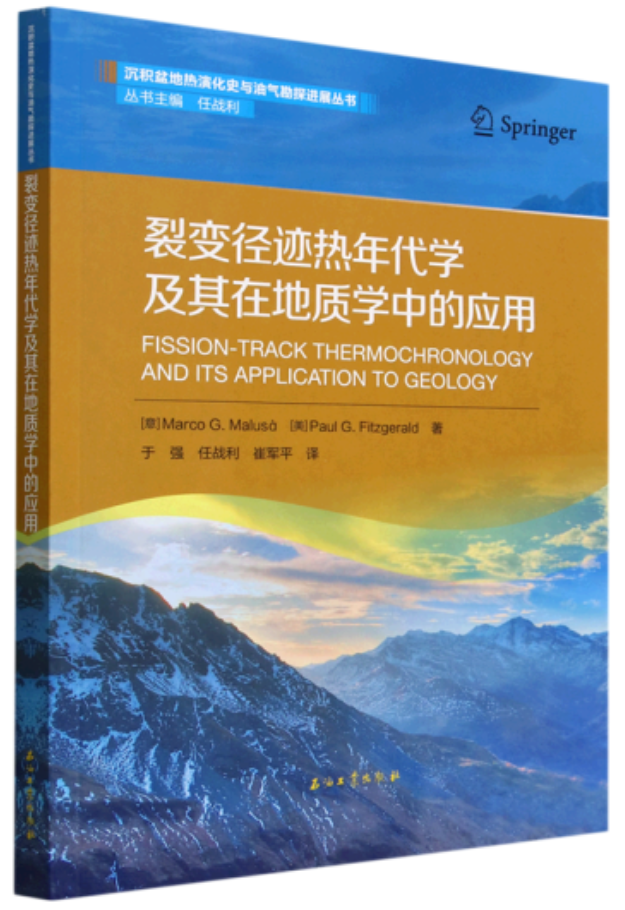
In 2018, geologist Paul Fitzgerald, professor of Earth and environmental sciences in the College of Arts and Sciences (A&S), co-edited a seminal book about fission-track thermochronology – a method used to determine the time-temperature history of minerals.
Specifically, fission-track thermochronology is a dating technique where researchers use microscopes to analyze the trail of damage (fission tracks) formed during the spontaneous fission of uranium-238. The number of tracks present in a mineral can be used to calculate the age of the sample. Using the technique on different minerals plus other measured parameters, the ultimate goal is to constrain the cooling history of rocks. The method can then be used to constrain various geologic processes including when and why mountain ranges, such as the Alaska Range, the Pyrenees or the Transantarctic Mountains, form.
Fitzgerald’s book, titled “Fission-Track Thermochronology and Its Application to Geology” (Springer, 2019), has been widely distributed among scientists and students specializing in geology and thermochronology. So much so that it was recently translated into Chinese, illustrating the international appeal and importance of the publication.
Fitzgerald’s co-editor on the book is Marco G. Malusà, a geologist from the University of Milano-Bicocca in Italy. Suzanne Baldwin, the Michael G. and Susan T. Thonis Professor of Earth and environmental science in A&S, was also lead author on a chapter, offering expertise on geologic processes that operate deep in the Earth.
Read more about the book in a 2018 SU News article.
